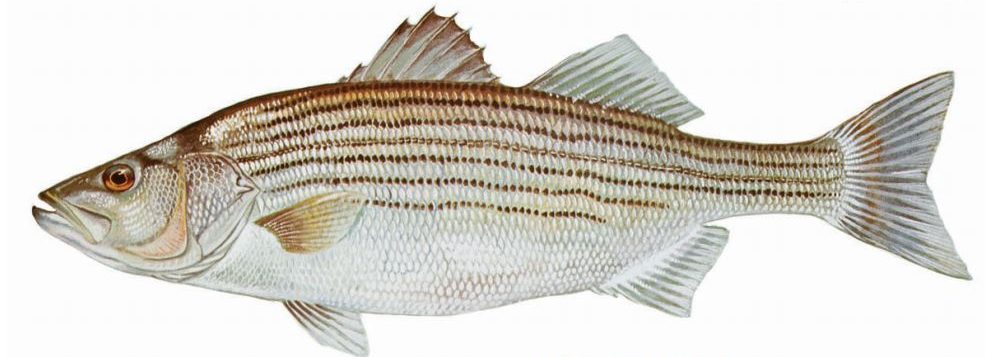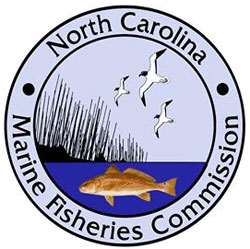
This year’s striped bass harvest season in the Roanoke River Management Area opens this Saturday.
Harvest dates will be Friday to April 16 in the lower river zone, which is downstream of the U.S. 258 bridge at Scotland Neck to the mouth at Albemarle Sound, and April 24–30 in the upper river zone, which is upstream of the U.S. 258 bridge at Scotland Neck to the base of Roanoke Rapids Dam, North Carolina Wildlife Resources Commission officials said Wednesday.
Supporter Spotlight
During the two separate harvest periods, the minimum length limit is 18 inches, and no striped bass between 22 and 27 inches — the protective slot — may be possessed at any time. The daily creel limit is two fish, only one of which may be larger than 27 inches.
Although the harvest season is limited this year, the separate weeks selected in each zone coincide with the highest average weekly harvest totals observed by Wildlife Commission fisheries staff over the last nine years, according to officials. Anglers can continue to catch and release striped bass throughout the spring.
To reduce handling stress on fish that are released, the Commission recommends anglers use a single barbless hook or a lure with a single barbless hook, a requirement from April 1 through June 30 when fishing in the upper Roanoke River zone above the U.S. 258 bridge near Scotland Neck.
“We knew that significant reductions were necessary, but we still wanted to select days which would maximize harvest opportunities for our anglers. As season options were considered, we identified the days where harvest was historically the highest in each area of the river. Although the timing of fish migration into the river is different each spring, daily harvest during the two weekly periods selected averaged between 700 and 1,300 pounds of striped bass per day,” said Commission Coastal Fisheries Supervisor Chad Thomas in a statement.
Commission officials issued a reminder that a proclamation outlining significant changes to the season was issued by the commission in January. Modifications to the framework became necessary when the harvest quota in the Roanoke River was reduced from 68,750 pounds to 12,800 pounds. The reduction was deemed a necessary conservation action intended to rebuild the striped bass population.
Supporter Spotlight
Results from a 2020 stock assessment of the Roanoke River/Albemarle Sound conducted by the state Division of Marine Fisheries, with assistance from the Wildlife Commission, indicated that the stock was overfished and overfishing was occurring.
“The striped bass population on the Roanoke River is currently in a period of decline as the estimated number of spawning females has dropped below our conservation targets,” said Thomas. “This situation has been made worse as natural reproduction has been poor for the last several years. Reductions in the harvest of spawning fish is intended to increase the number of viable eggs in the river and help promote good numbers of juvenile striped bass.”
The North Carolina Estuarine Striped Bass Fishery Management Plan is in the process of being amended, and additional management strategies to aid with stock recovery on the Roanoke River will be identified and presented to the public for input in late 2021.
Signage will be posted at boating access areas, or BAAs, along the Roanoke River to notify anglers of the changes to the open harvest dates. More information about boating access areas on the Roanoke River can be found using the agency’s online BAA locator.







